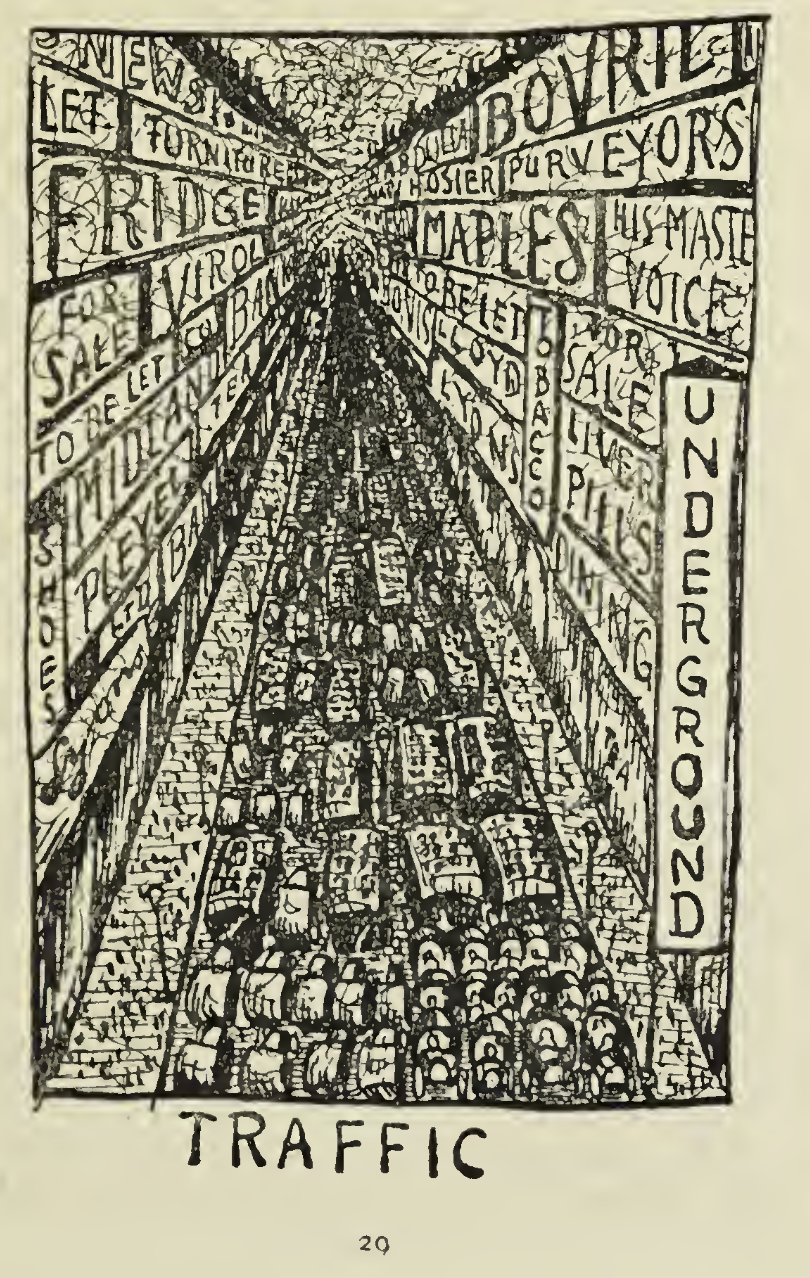We’ve been looking at switching from our 2015 Toyota Avensis estate to an EV for a while now, but still struggle with the sheer bulk of the “cars” we’ve tried up to now.
From the Tesla Model Y to the Nissan Ariya and VW ID.4 these vehicles have been huge, heavy and remarkably small of boot (trunk).The closest we got to a real car was the NIO ET5, but that ended up being a little too small for us, more akin to a Mercedes A-Class wagon than to our Toyota.
Each time I’ve returned a car from a test drive and driven the first few metres in the Avensis, I’ve felt the familiar lightness of our admittedly underpowered petrol car, in which we’ve driven around 75k km in the nearly 8 years we’ve had it. I wonder if we should just keep running it for another few years until proper electric cars evolve.
There’s an issue with that thought, though: we’d still be burning petrol, and emitting hefty chunks of CO2 (amongst other things) whilst we’re at it. If I look to how far we’ve driven in the Avensis so far, we can see how the emissions stack up.
If we assume a fuel economy of around 7 l/100 km (equivalent to around 34 mpg in old money), and a carbon dioxide emissions rate of 2.35 kg/litre fuel (the American EPA charmingly refers to the number of grams CO2 generated per gallon of gasoline !), we will have burned 5250 litres of fuel and emitted 12337 kg of CO2 in that time… Yes, 12.3 tonnes!
Looking at it another way: If we assume 8.9 (9 is good enough) kWh of electrical energy per litre petrol (a value proffered by the Canadian Government, then our Avensis is running at an average consumption of around 63 kWh / 100 km, which is nearly 3 times that of a Tesla Model Y, which, when we tested it, was showing around 21 kWh / 100 km, on a predominantly Autobahn-based route for a weekend.
So, in one sense, it doesn’t matter that the Y is an SUV: in energy terms, it’s running at around 3 times more efficientuy than the Toyota (and gets more efficient still when we’re on shorter, cross-town or commuting trips). It’s even a few cms shorter than the Avensis, though significantly wider of stance.
But - those shoulders, and the shape of the boot! The Tesla is by far the best of the boots that we’ve encountered so far, but it’s still noticeably shorter than that of the Toyota. We could live with it, but these EV SUVs (SUEVs) are terribly inefficient in space where we need it.
Of course the battery pushes the floor upwards, so EVs tend to end up higher than ICEs, but the rear passengers, growing teenagers, do end up needing to slot their feet under the front seats to have a chance of resting their legs on the seat squabs. Rear seat height seems to be smaller despite the overall height of these cars (10s of cms greater than our car).
Ultimately, the question is about which sort of efficiency we want: energy? There, it’s a clear win for the big EVs. Space and road-space efficiency? Well, the SUEVs are taller and wider than our traditional ICE estate car, but are shorter - tall but still energy efficient isn’t that bad a trade-off. These things seem very width-inefficient, though, and that troubles me.
The switch to EV is a convincing one, but still not compelling - and the reluctance has both reasoned and emotional bases, which makes it all the trickier.
















